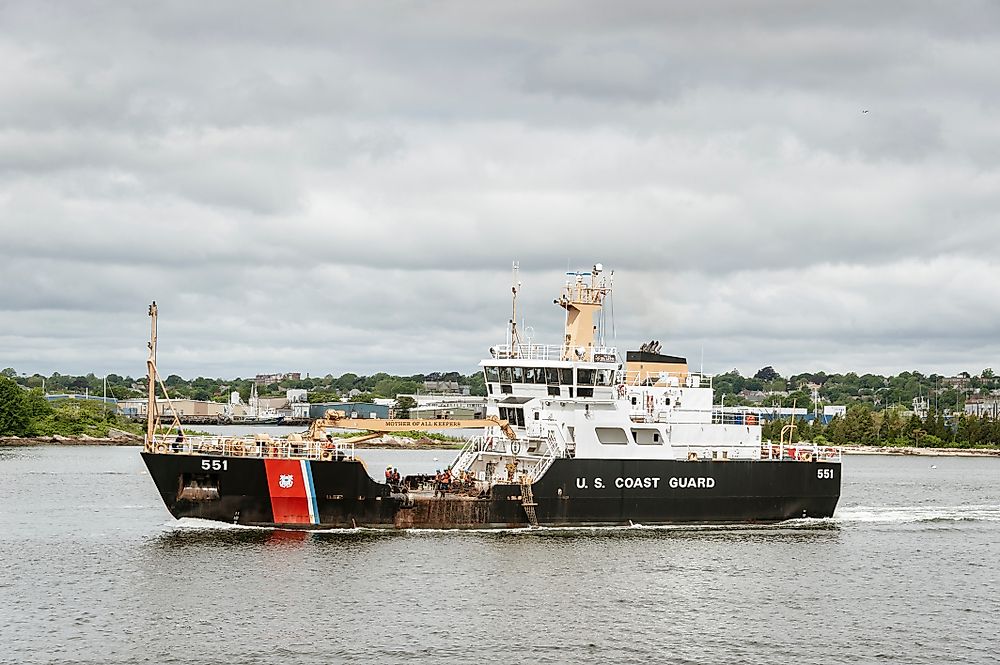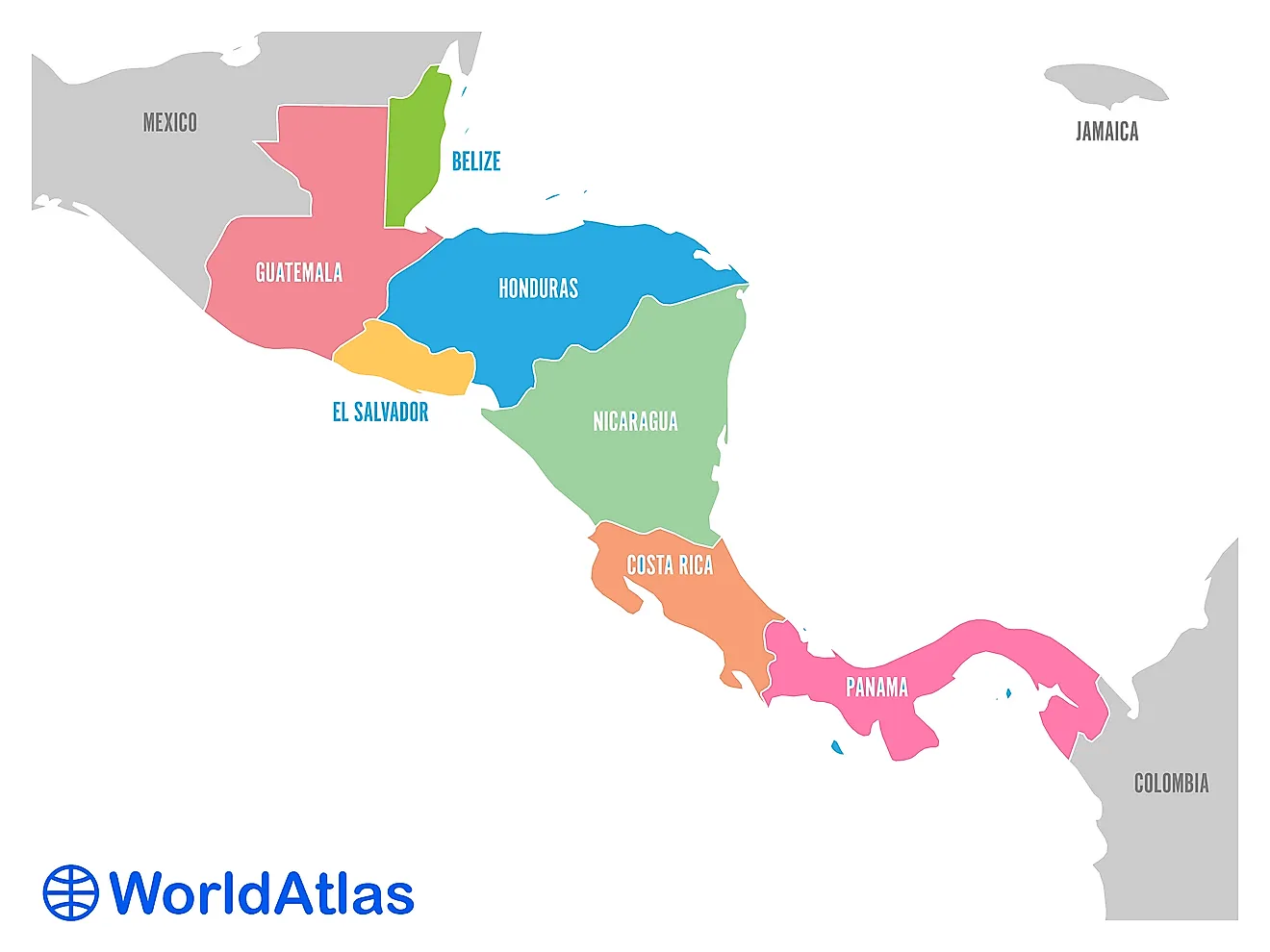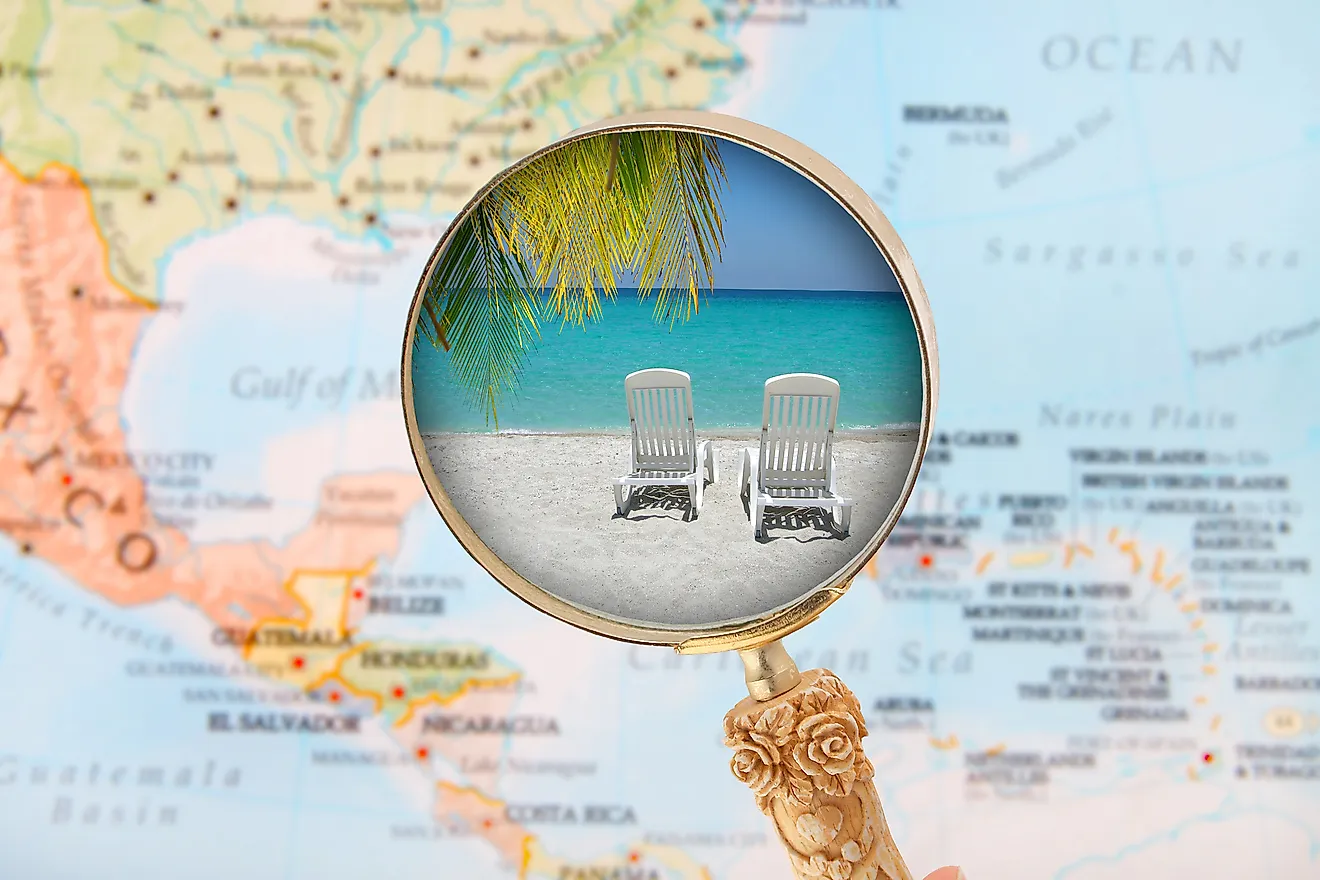Ida Lewis - Famous Figures In History

Ida Lewis was a lighthouse keeper who is famous for her heroism in rescuing many people in the Atlantic Ocean from the nineteenth and twentieth century. Before women could be allowed to vote in the United States, Ida Lewis had already saved over eighteen people. Her heroism earned her the title of the bravest American woman, and she has been a role model for many girls.
Early Life
Ida was born in Newport, Rhode Island on February 25, 1842, and she was the eldest child of Captain Hosea Lewis. When her father was transferred to lighthouse service in 1854, he was selected to be lighthouse keeper of the Lime Rock. Captain Lewis took his family to live on the Lime Rock in 1857, and after four months he had a stroke which left him disabled. Ida expanded her duties to caring for her father and her ill sister while helping her mother and tending to the light. Ida used to refill the lamp at sundown and midnight, polish the carbon on the lamp’s reflectors, and trim the wick and put off the lamp at dawn.
The only way to get to the mainland was by a boat. By the time she was fifteen years old, Ida was the best swimmer in Newport. Ida rowed her siblings every day to the school on the mainland and fetched all of the needed supplies from town. With time she became very skilled with a heavy rowboat, and even though many people claimed it was unladylike, she responded that only a donkey would consider saving lives to be unfeminine.
In 1870, she got married to Captain William Wilson, but their marriage lasted for only two years. Ida and her mother took care of the Lime Rock Light for Captain Hosea until 1873 when he passed away. After her father died, her mother became the keeper. Her mother became sick in 1877 and Ida had to take over all the chores on the Rock which included caregiving and housekeeping duties. Her mother died in 1878, and she finally became the official keeper of the Lime Rock in 1879.
Career
Although she officially became a keeper in 1879, she worked for her father from 1857 to 1873 and then up to 1878 for her mother. Ida became the keeper with the help of General Ambrose Burnside who was a civil war hero who became the island’s governor and also a senator. Ida was the most highly paid keeper at that time with a salary of $750.
Other than taking care of the lighthouse, Ida saved over eighteen people. Ida did her first rescue in 1854 when she was twelve years old. She rescued four men whose vessel had capsized.
Major Contributions
Ida's famous rescue took place when she saved two soldiers on March 29, 1869. Private John McLaughlin and Sergeant James Adams were sailing through Newport heading to Fort Adams with a fourteen year old boy guiding them when their boat capsized. Ida’s mother saw them clinging onto their capsized boat and called her to help them. With the help of her younger sibling, Ida managed to save the two men and take them to the lighthouse. Ida received a lifesaving gold congressional medal from one of the soldiers and to show their appreciation, the Fort Adam’s soldiers collected $218 and gave it to her. During that time her father was still the official keeper of the lighthouse keeper.
Even though Ida did not keep the exact record of how many people she saved, she is estimated to have saved over eighteen people. Ida did her last rescue at age 63 when she rescued her friend who had fallen into the water. Ida rowed to where her friend was and helped her aboard before rowing back to the lighthouse. Ida was known as the bravest American woman during her time, and she met President Grant and vice president Colfax. Ida received the Gold Lifesaving Medal on July 16, 1881, from the government for her daring act of heroism on February 4, 1881.
Death and Legacy
Ida died of a stroke at age 69 on October 24, 1911, and on that day the bells on all the vessels on Newport rang for her the whole night. All of the flags in Newport were at half-staff in her honor. Over 1,400 people came to see her body at Thames Street Methodist church. Some of the people who came to pay their respect included various Keepers including Edward Fogerty, O. F. Kirby, Charles Curtis, and Charles Schoeneman. Ida was buried in a prominent location on the Common Burying Grounds, and her grave could be seen by everyone who passed by the grave site.
Ida was a hero and a role model to many young girls, and during her era, many people referred to her as the bravest American woman. Elizabeth Cady (a member of the Women’s Suffrage Movement) came to see her and often used Ida as an example when talking about the strength of women.
The name of the Rock was changed to Ida Lewis Rock officially in 1924. Currently, it is the headquarters of Ida Lewis Yacht Club. The club’s burgee has a lighthouse plus eighteen stars representing the people she saved. All the medals she received are among her artifacts are at the Newport Historical Society.











